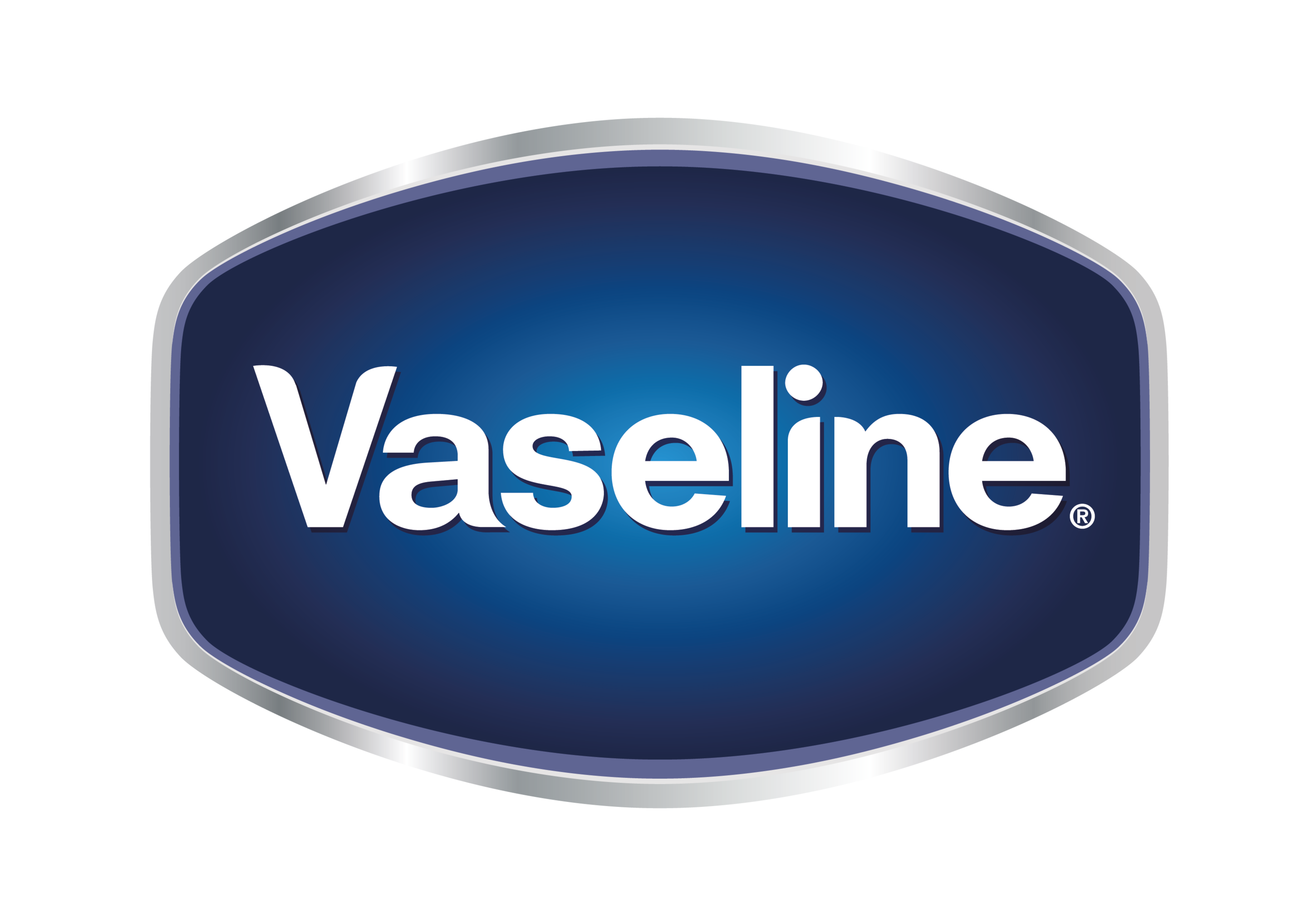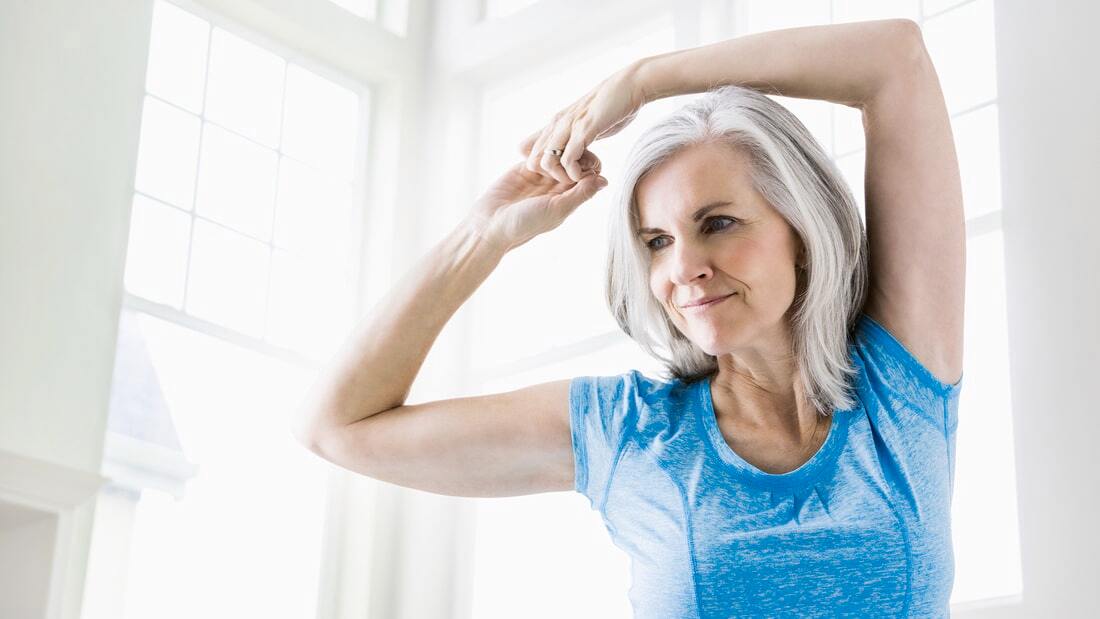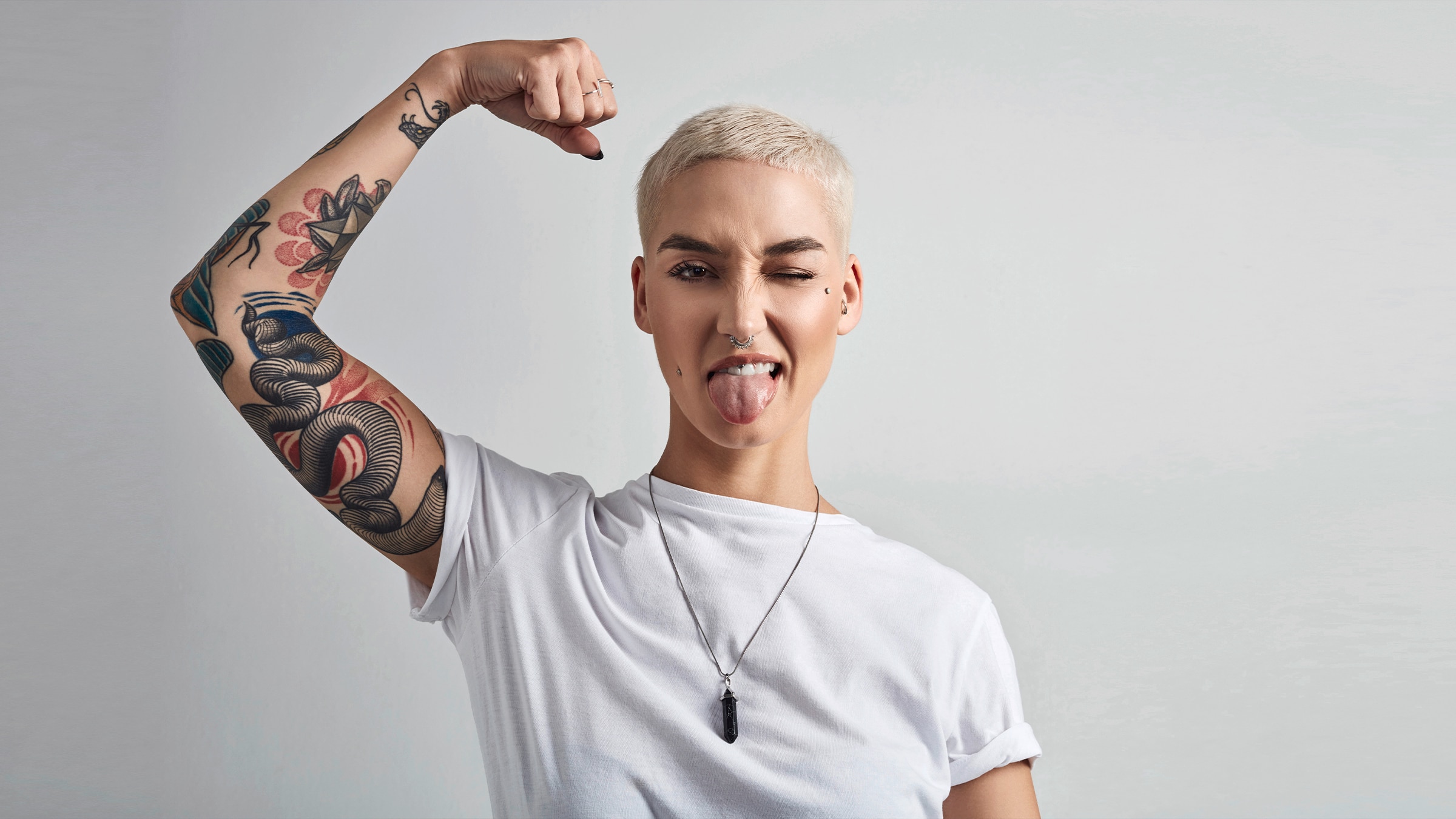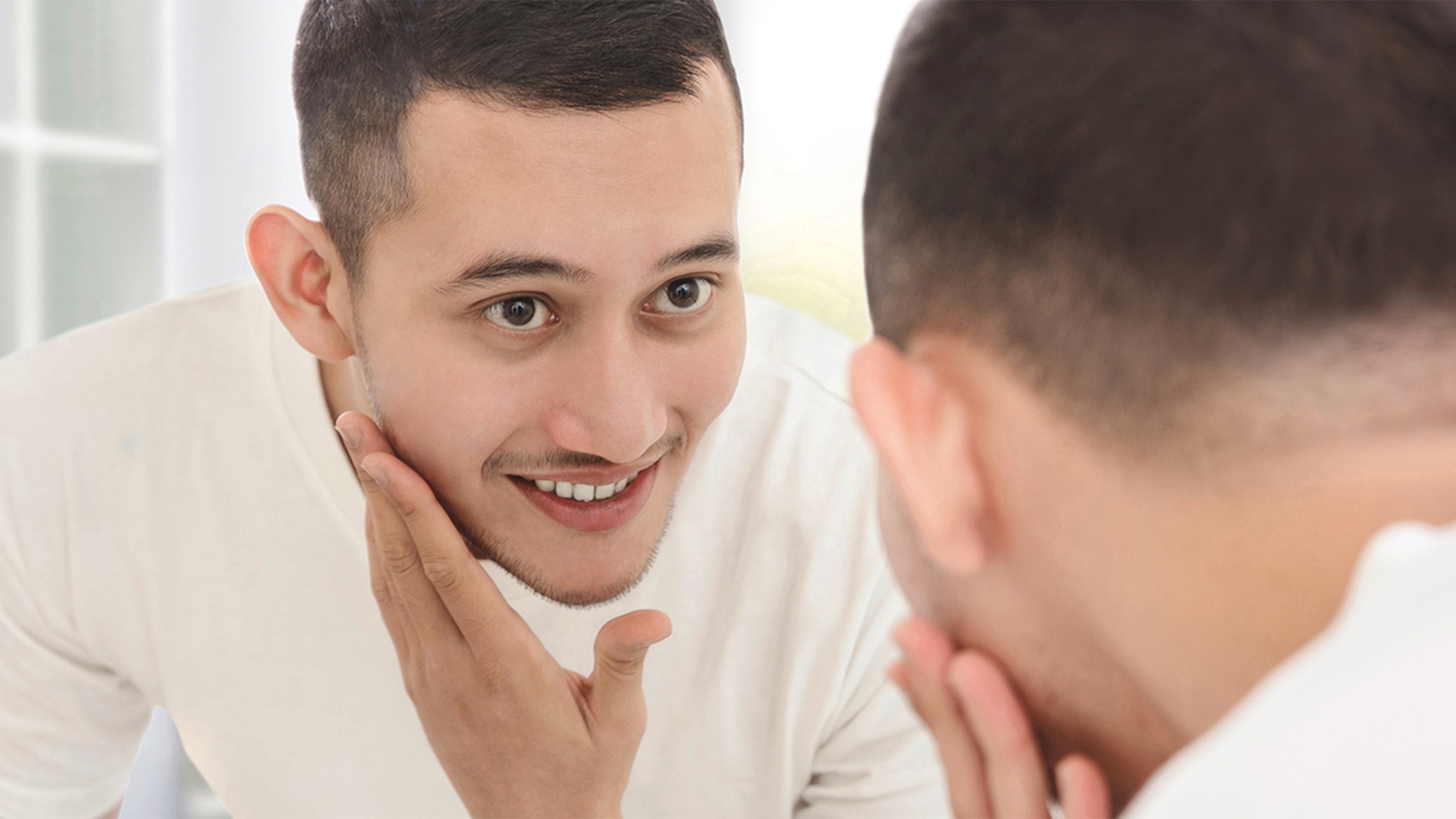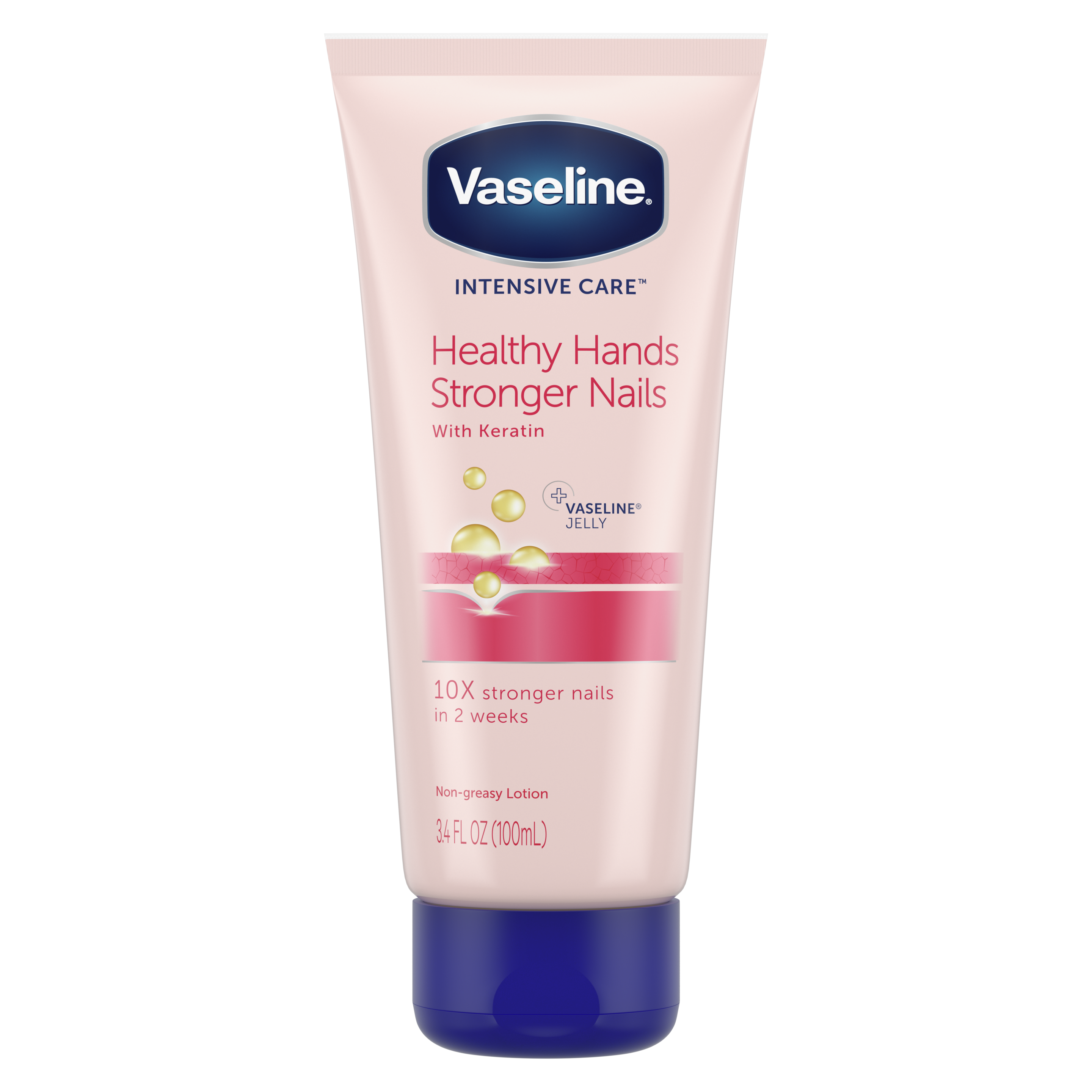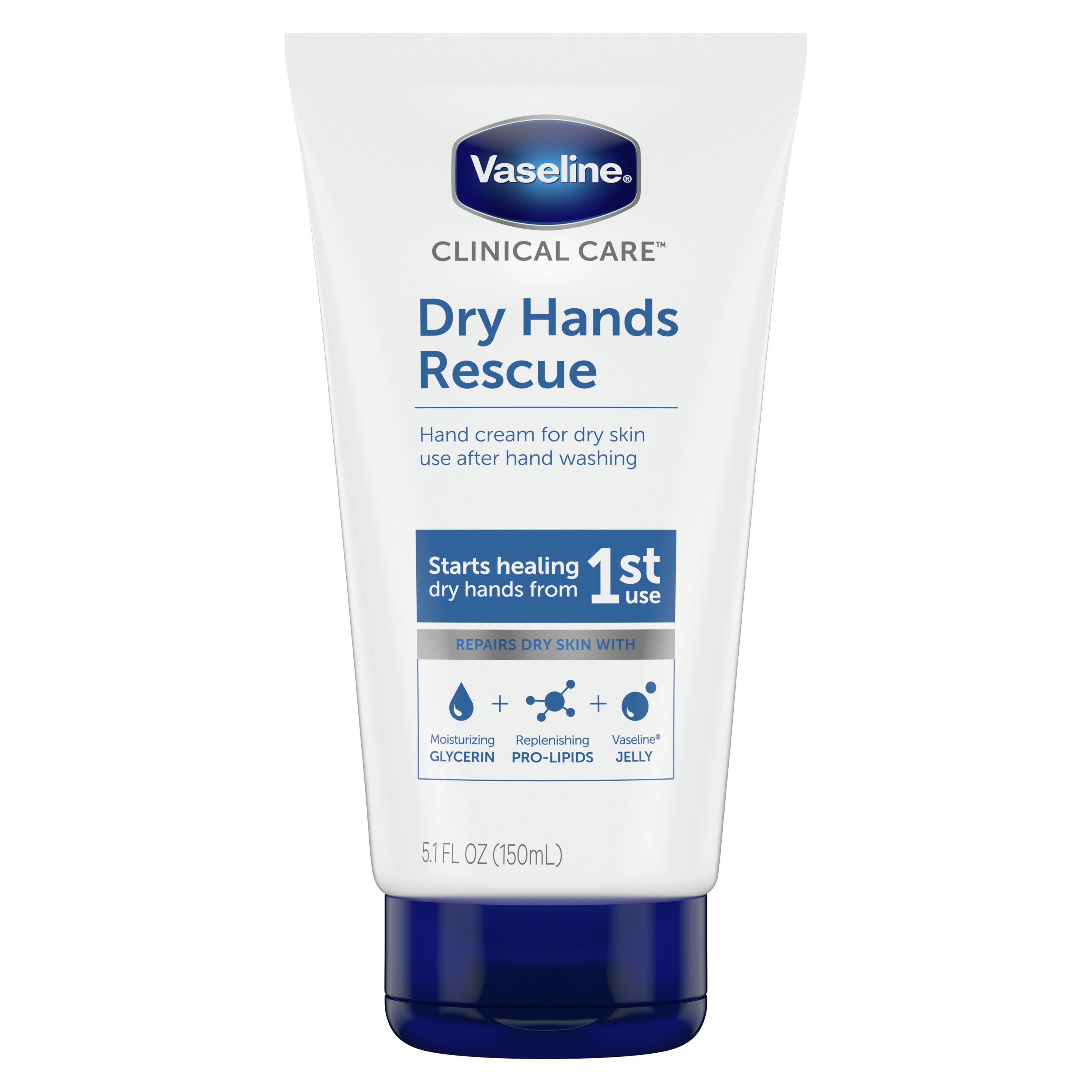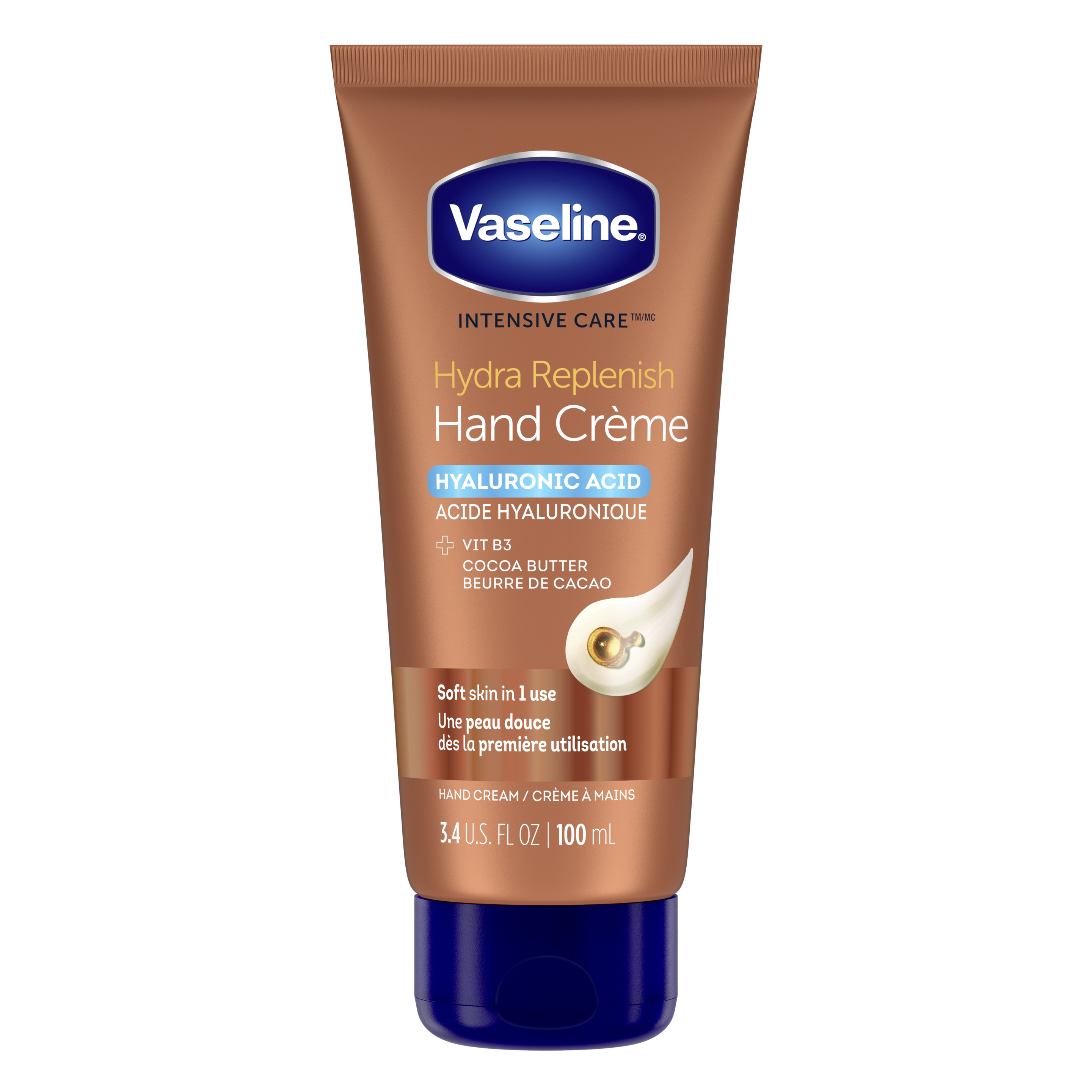Skip to content
Discover the causes, symptoms, diagnosis and treatments of age spots.
- Age spots: the effects of the sun on your skin
Though they have nothing to do with our body’s liver function, liver spots—otherwise known as age spots—are a natural and common occurrence that can happen to all skin types. These brown spots on skin are a harmless symptom of the aging process. Keep reading to learn more about what causes them, how to treat them, and how to help prevent them from forming.
- What are age spots
Age spots are generally found on people over 55, particularly those with red hair and light skin¹. Also known as liver spots or solar lentigo, age spots are generally the product of many years of sun exposure. They’re usually seen on (but not limited to) commonly exposed areas of your skin: the backs of our hands, the tops of our feet, the face, forehead and shoulders.
These flat, oval spots can be tan, brown or black and range in size from that of a freckle up to half an inch². You may see a single age spot, or several grouped together, making them more noticeable.
- What causes age spots
Those brown spots on face or skin are caused by overactive pigment cells. When skin is exposed to prolonged periods of sun or tanning lamps, the ultraviolet (UV) light accelerates the body’s natural production of melanin. Over time, the melanin can collect and clump just below skin’s surface, leaving brown spots on skin. Fortunately, while they can look unnerving, they don't often require medical care, though always consult a medical professional about any skin changes.
Age spots can also be caused by the hormonal imbalances that occur during menopause. These changes affect the structure and performance of skin cells, speed up your skin’s aging process, and impair its ability to repair itself. Overall, it causes skin to lose elasticity, leading to wrinkles, dryness, and age spots.
But a specialized skin care routine can help fight the visible symptoms of menopausal skin and help keep it healthy looking. Vaseline® lotions nourishes skin with healing moisture which can accelerate skin’s own natural renewal process and fight the dryness associated with menopause. Learn more about how to care for menopausal skin in our Mature Skin care section. - How to treat age spots
It’s possible for age spots to fade over time, but they’ll never really disappear completely as their own natural process is very similar to scar formation. But there are ways to help reduce their appearance by treating the topmost layer of skin.
Start by cleansing and gently exfoliating your skin to remove excess oil and dead skin. Exfoliating allows newer skin cells to grow, which may help lessen the appearance of age spots3. Know the right exfoliation method for your skin type and be sure not to overdo it-exfoliating too rigorously can actually damage the skin. Never exfoliate broken or irritated skin or exfoliate more than once or twice a week.
After you cleanse and exfoliate, apply a moisturizer to trap water in the skin and keep your skin hydrated.
- How to prevent age spots
One sure way to help prevent age spots is to limit your exposure to the sun4. You can help prevent age spots on face and skin by using a sunscreen every day and avoiding the sun year-round. If you already have age spots, limit your future exposure to keep them from getting bigger or darker.
In addition to applying an ultraviolet protection (UV) sunblock daily, try to avoid the sun’s rays when they’re at their most intense, generally 10 a.m. to 3 p.m. When spending long stretches of time outdoors, being sure to wear clothes that also provide UV protection can go a long way in further protecting skin.
Whether you call them age spots or liver spots, they are a natural part of the aging process. You can reduce their chances of appearing by staying out of the sun. And you may be able to visibly reduce their appearance with an anti-aging skincare routine that includes moisturizers formulated for healthy looking, rejuvenated skin.
1 “Age Spots (Liver Spots).” Mayo Clinic, Mayo Foundation for Medical Education and Research, 14 Apr. 2017, www.mayoclinic.org/diseases-conditions/age-spots/home/ovc-20309129.
2 “Liver Spots.” MedlinePlus Medical Encyclopedia, https://medlineplus.gov/ency/article/001141.htm.
3 “How to Safely Exfoliate at Home.” How to Safely Exfoliate at Home | American Academy of Dermatology, www.aad.org/public/skin-hair-nails/skin-care/exfoliation.
4 “Age Spots (Liver Spots).” Mayo Clinic, Mayo Foundation for Medical Education and Research, 14 Apr. 2017, www.mayoclinic.org/diseases-conditions/age-spots/home/ovc-20309129.
Expert Advice
The advice in this article does not constitute medical advice, it is solely available for information purposes.

